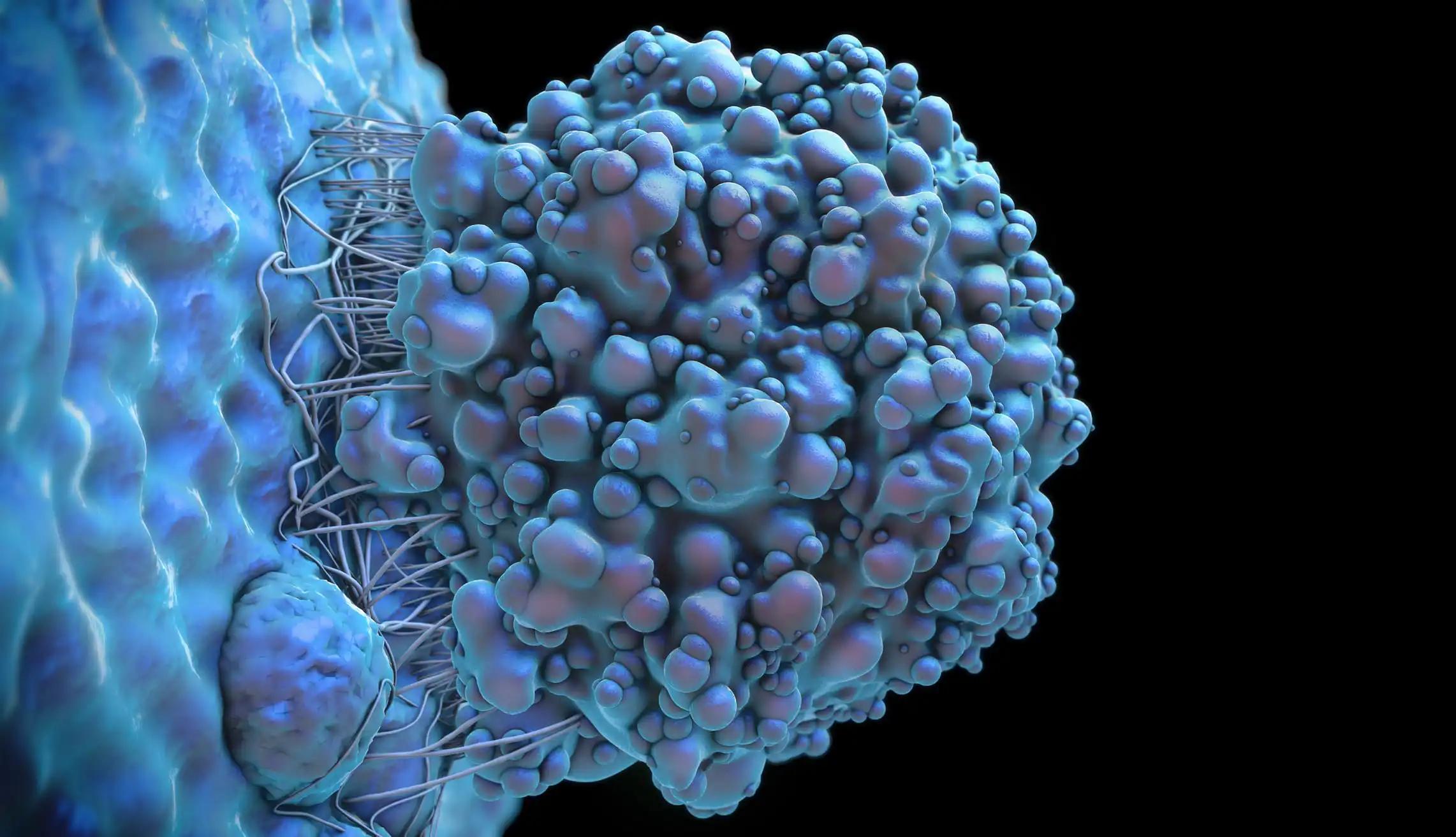KEY TAKEAWAYS
- The study aimed to investigate the clinical implications of RU in distinguishing ARE from tumor progression following SRS for brain metastases.
- Researchers noticed that Prolonged resolution of RU after SRS may compromise outcomes.
Adverse radiation effects (ARE) following stereotactic radiosurgery (SRS) for brain cancer pose a diagnostic challenge due to the difficulty in distinguishing them from tumor progression. Mia Salans and her team aimed to characterize the clinical implications of radiologic uncertainty (RU) in this context.
Researchers performed an inclusive analysis by retrospectively reviewing cases presented at a single-institutional, multi-disciplinary SRS Tumor Board from 2015 to 2022. Cases identified focused on RU following SRS. Comprehensive data, including treatment history, diagnostic or therapeutic interventions post-RU resolution, and the occurrence of neurologic deficits related to intervention, were extracted from medical records. Lesion volume and maximum diameter were compared at RU onset and resolution using paired t-tests. The Kaplan- Meier method estimated the median time from RU onset to resolution. Univariate and multivariate associations between clinical characteristics and time to RU resolution were assessed using Cox proportional-hazards regression.
About 23.5% of the 128 lesions with RU had undergone two or more courses of radiation. Upon RU resolution, the median maximum diameter was larger (20 vs. 16 mm, P < 0.001), and the volume was greater (2.7 vs. 1.5 cc, P < 0.001) compared to RU onset. RU resolution took > 6 and > 12 months in 25% and 7% of cases. A higher total EQD2 prior to RU onset (HR = 0.45, P = 0.03) and use of MR perfusion (HR = 0.56, P = 0.001) correlated with shorter time to resolution; larger volume (HR = 1.05, P = 0.006) portended longer time to resolution. Among the lesions, 57% were diagnosed as ARE. Following RU resolution, 58% of patients underwent intervention, with 38% developing neurologic deficits surrounding the intervention.
The study concluded that resolution of RU took > 6 months in > 25% of cases. R may contribute to suboptimal outcomes and increased symptom burden, underscoring the imperative for enhanced characterization of post-SRS RU.
No funding was provided for the study.
Source: https://link.springer.com/article/10.1007/s11060-024-04578-6#Abs1
Salans, M., Ni, L., Morin, O. et al. Adverse radiation effect versus tumor progression following stereotactic radiosurgery for brain metastases: Implications of radiologic uncertainty. J Neurooncol 166, 535–546 (2024). https://doi.org/10.1007/s11060-024-04578-6



